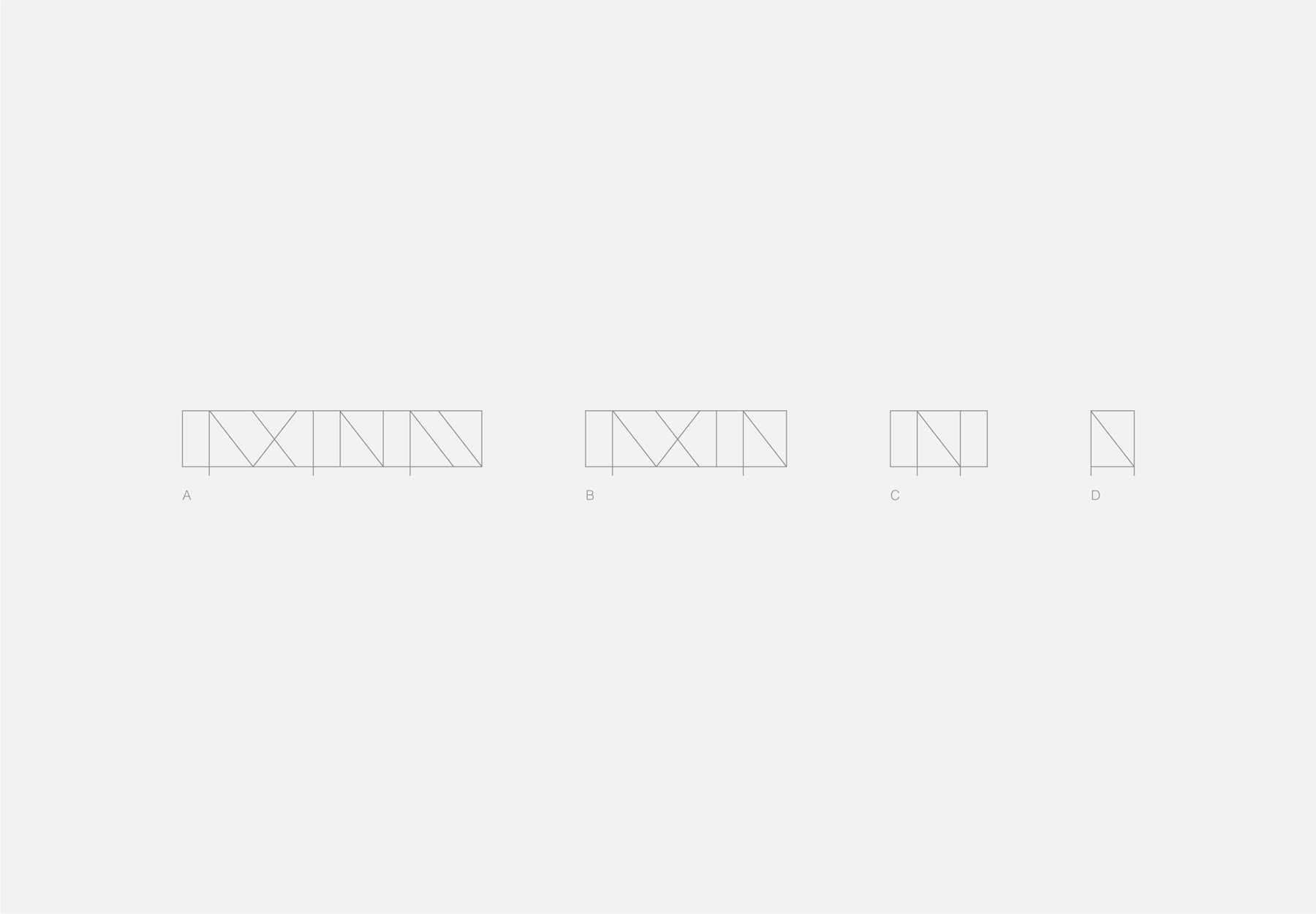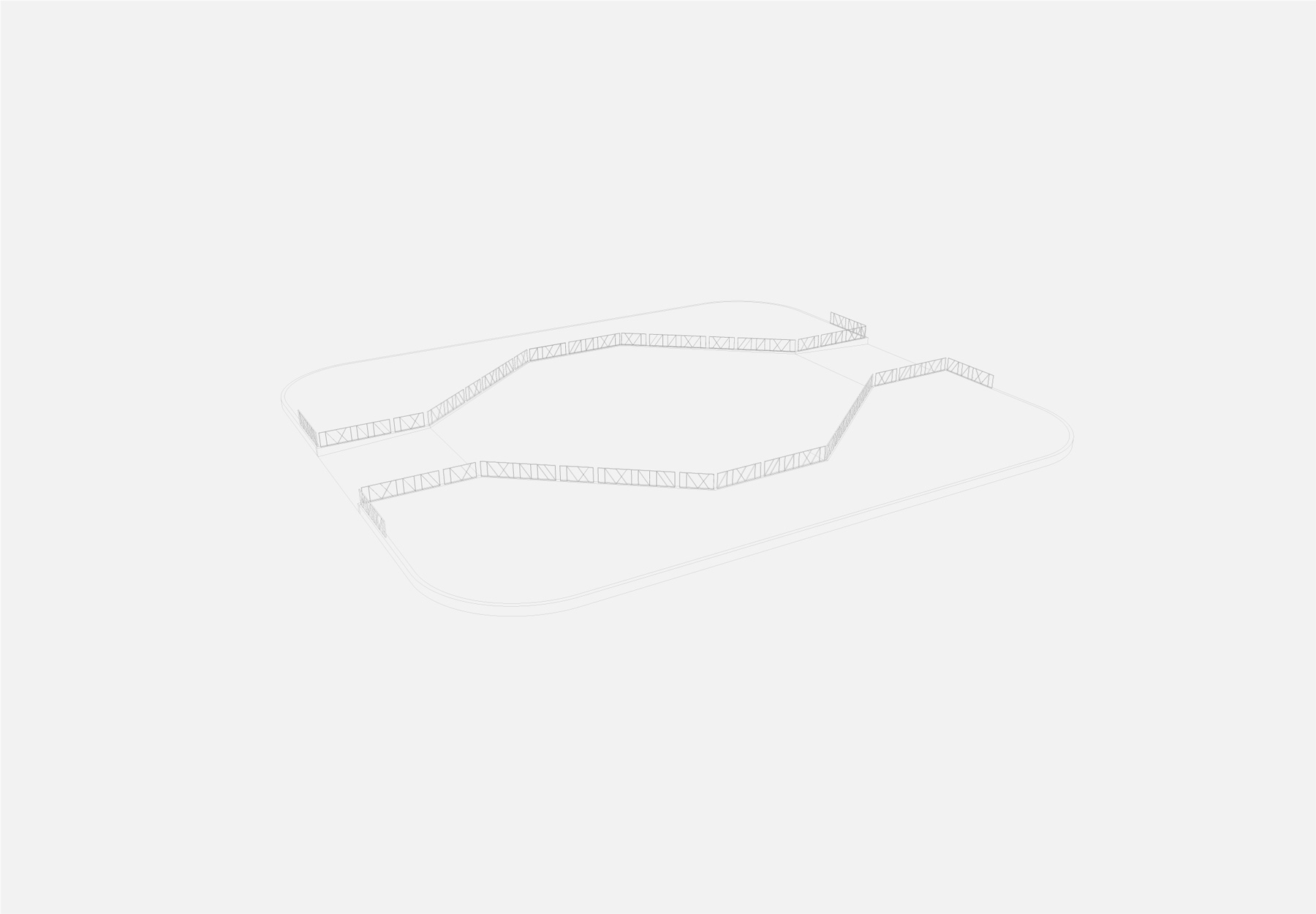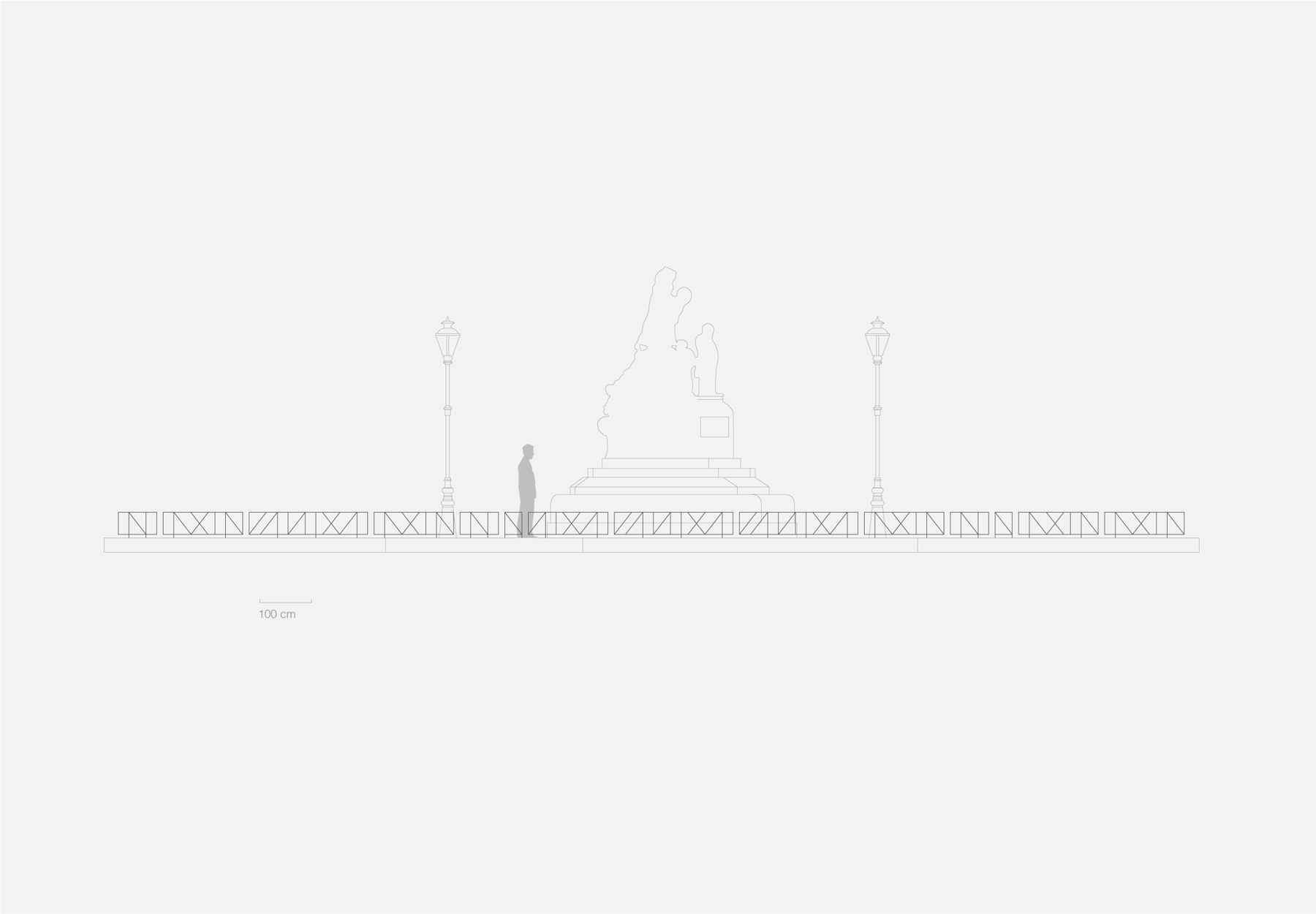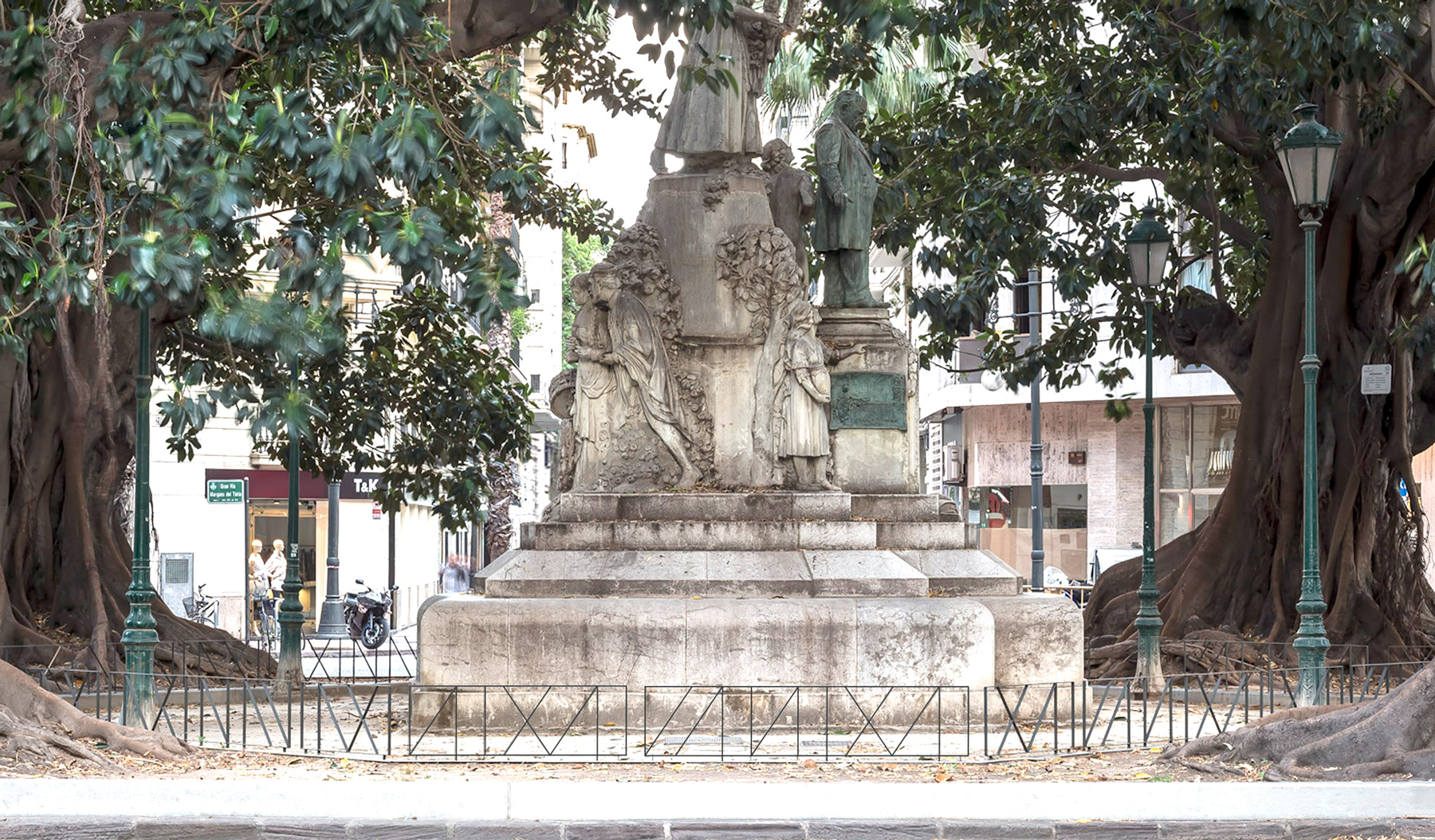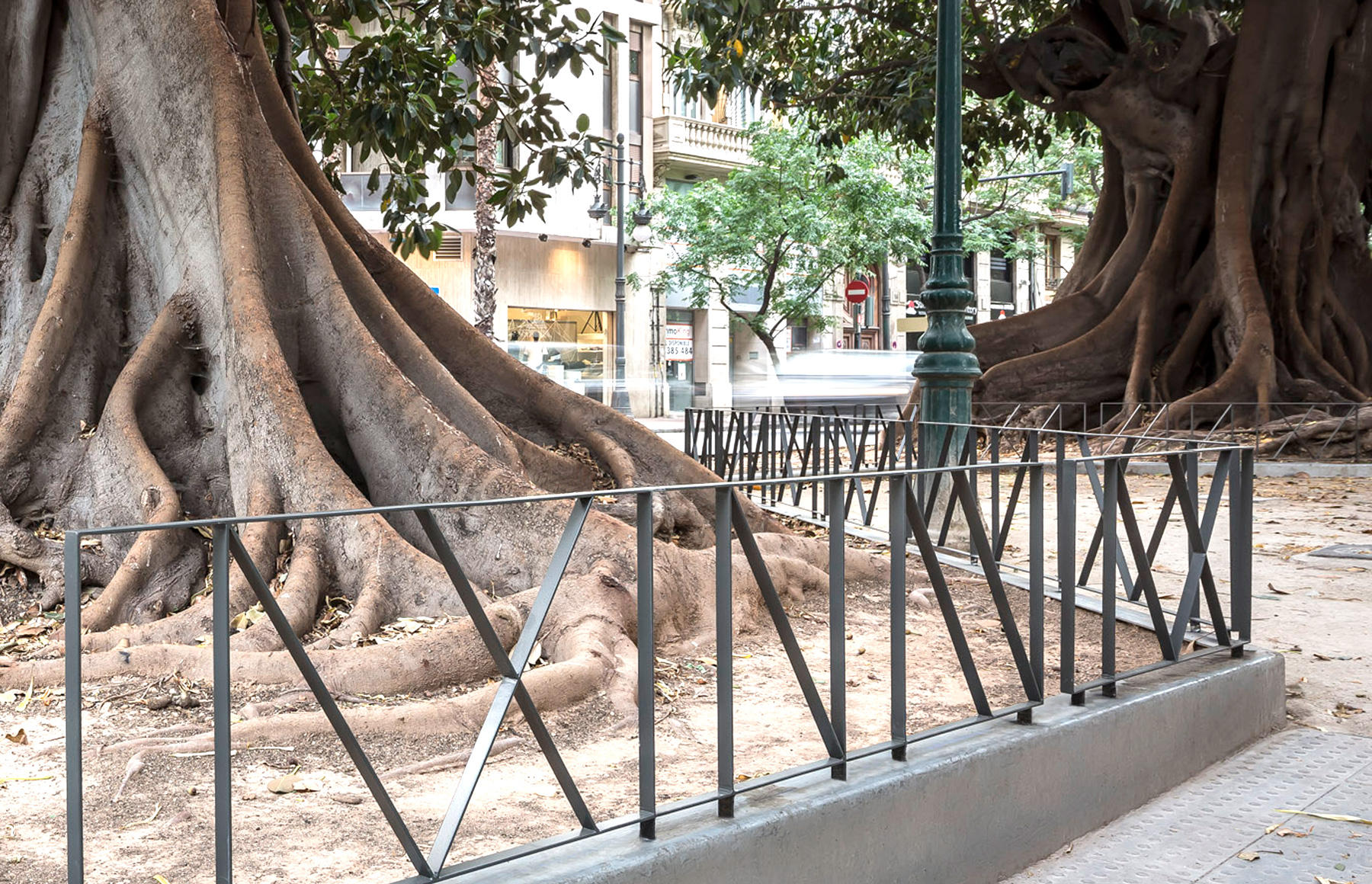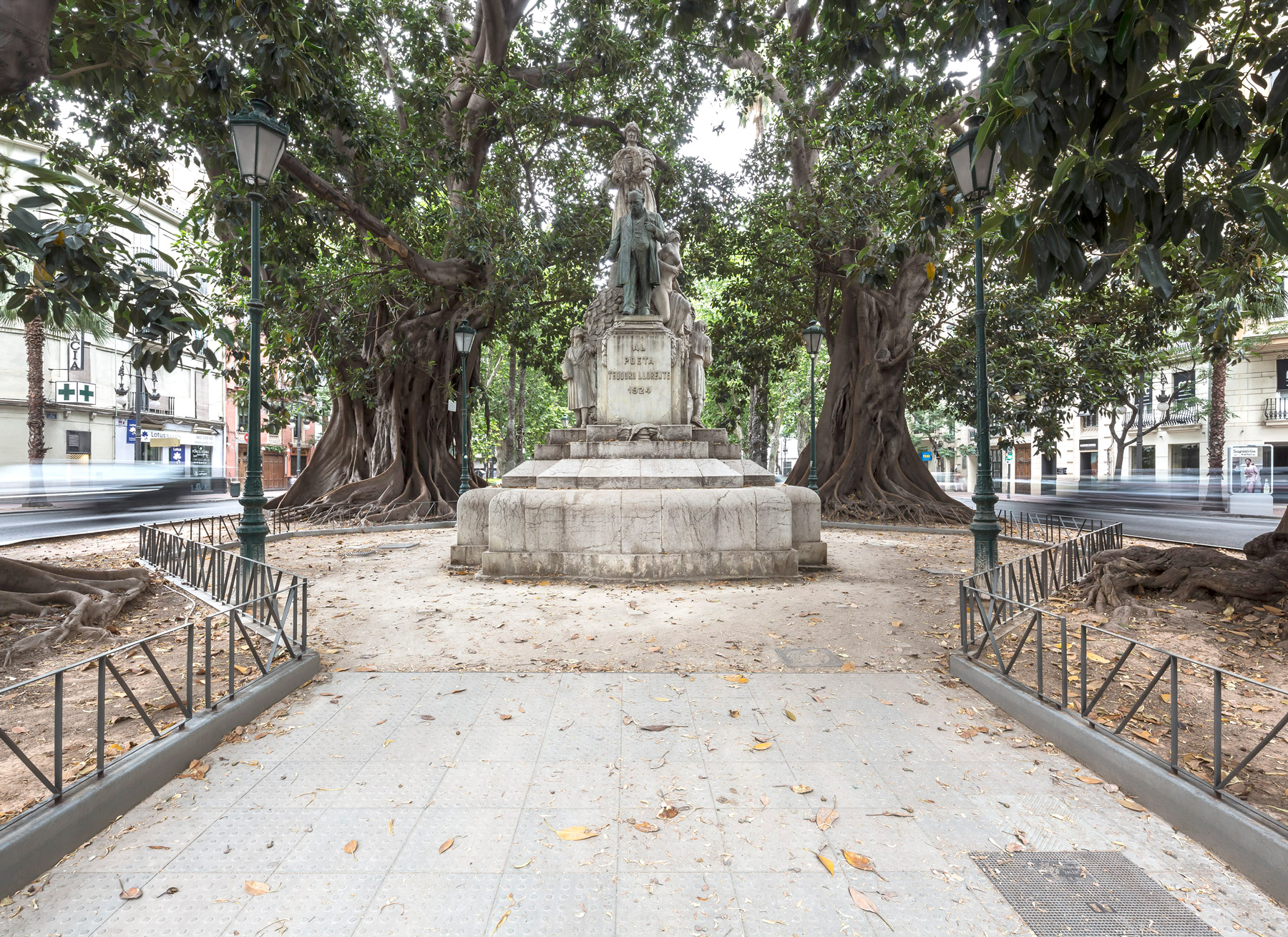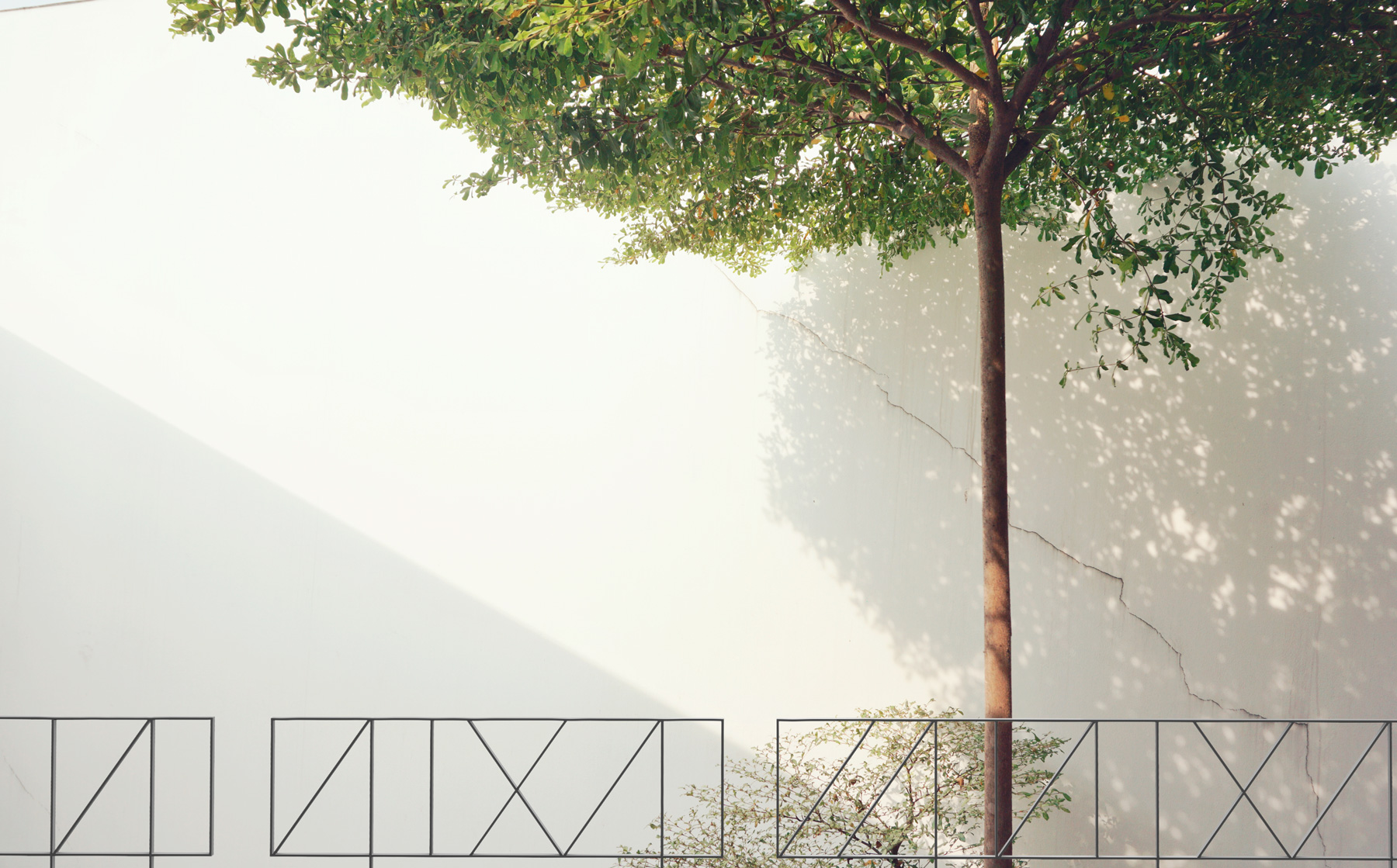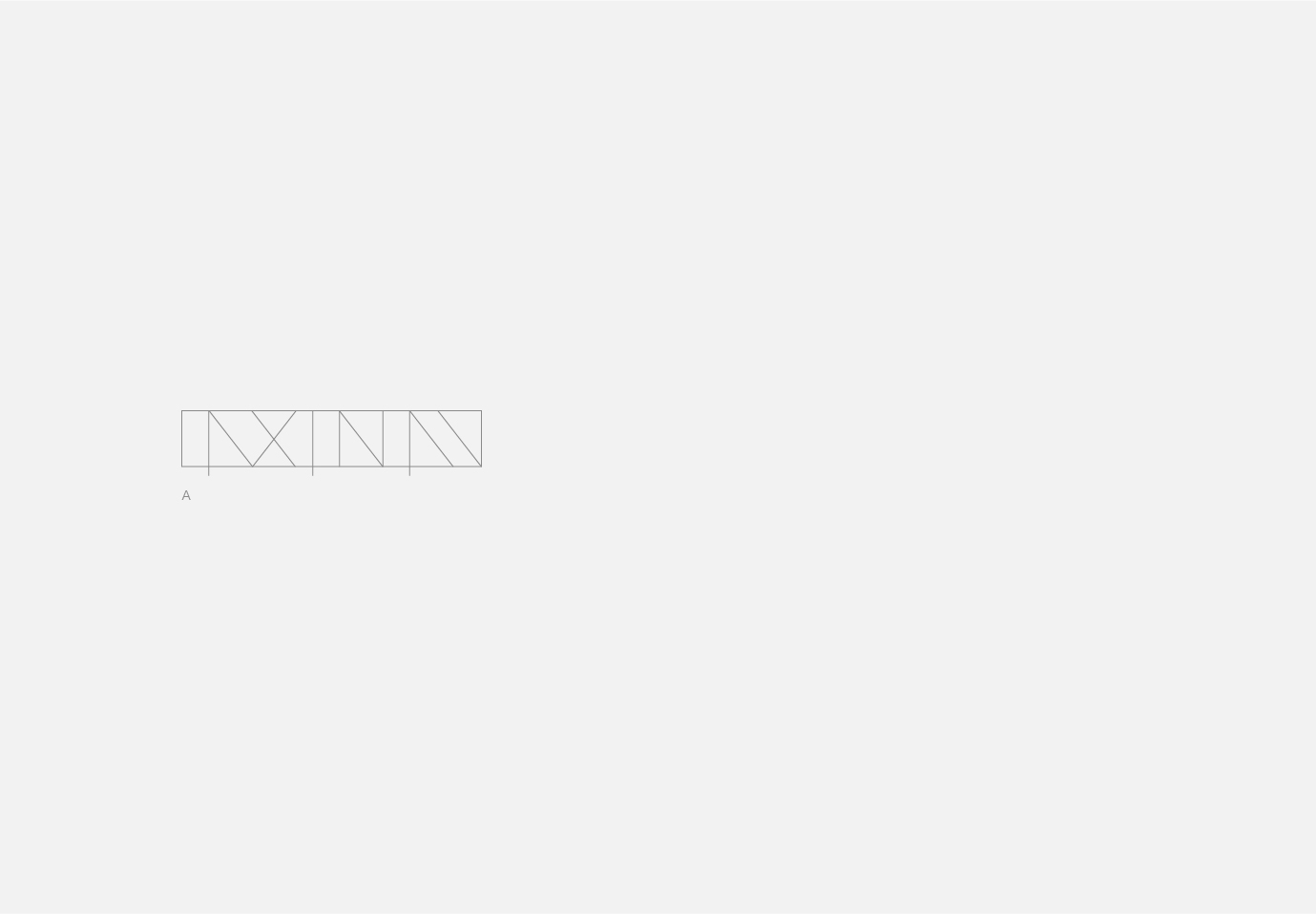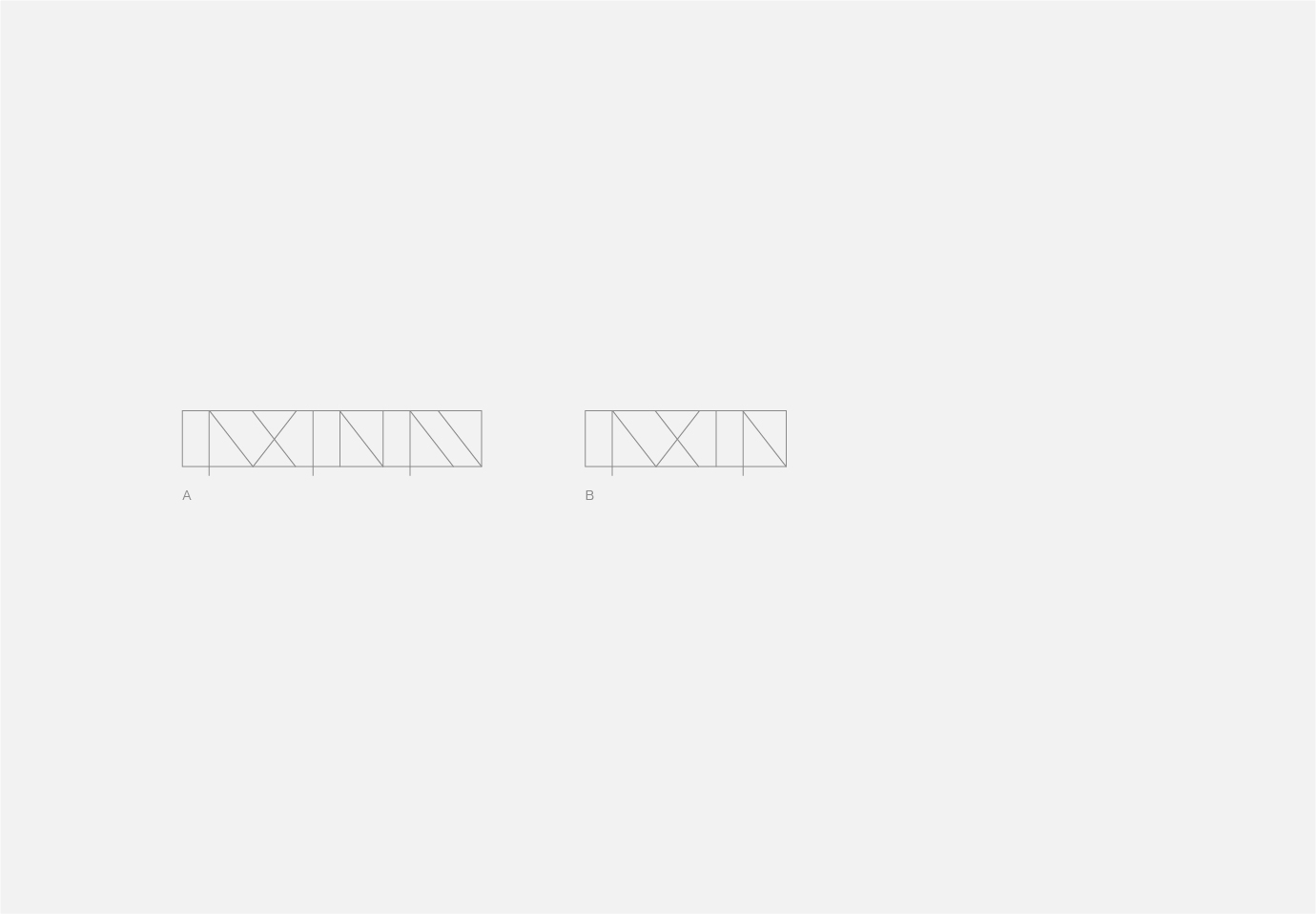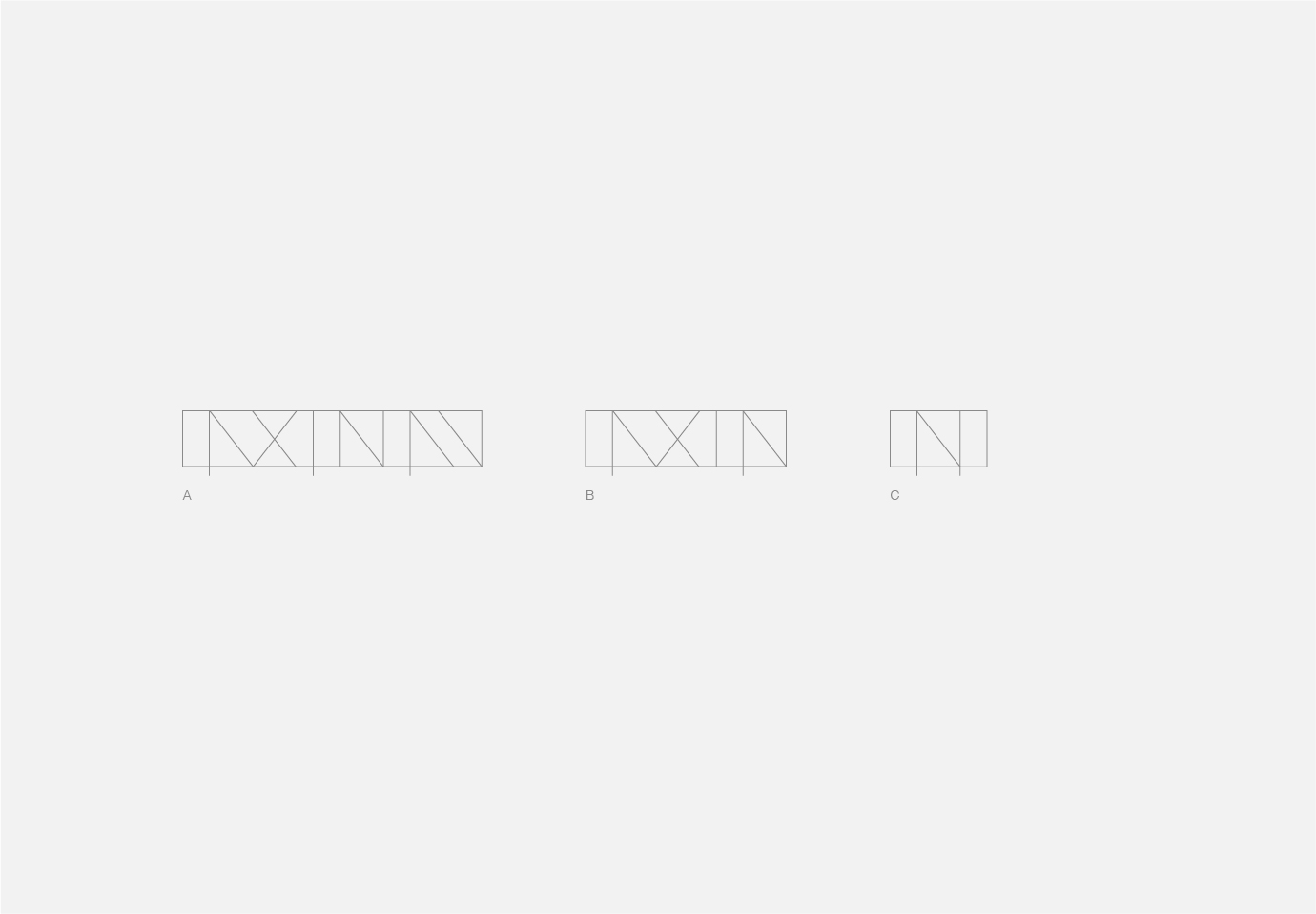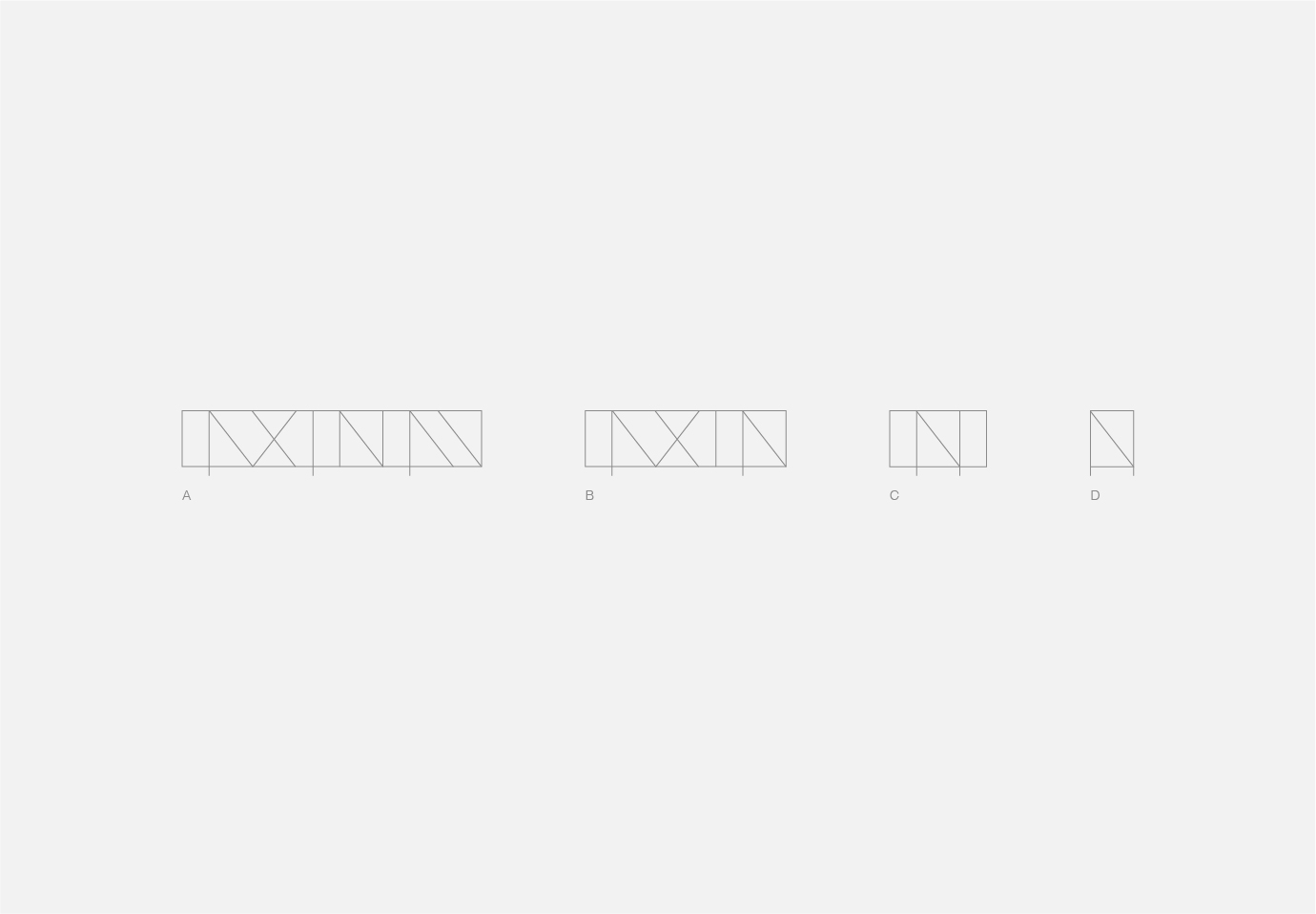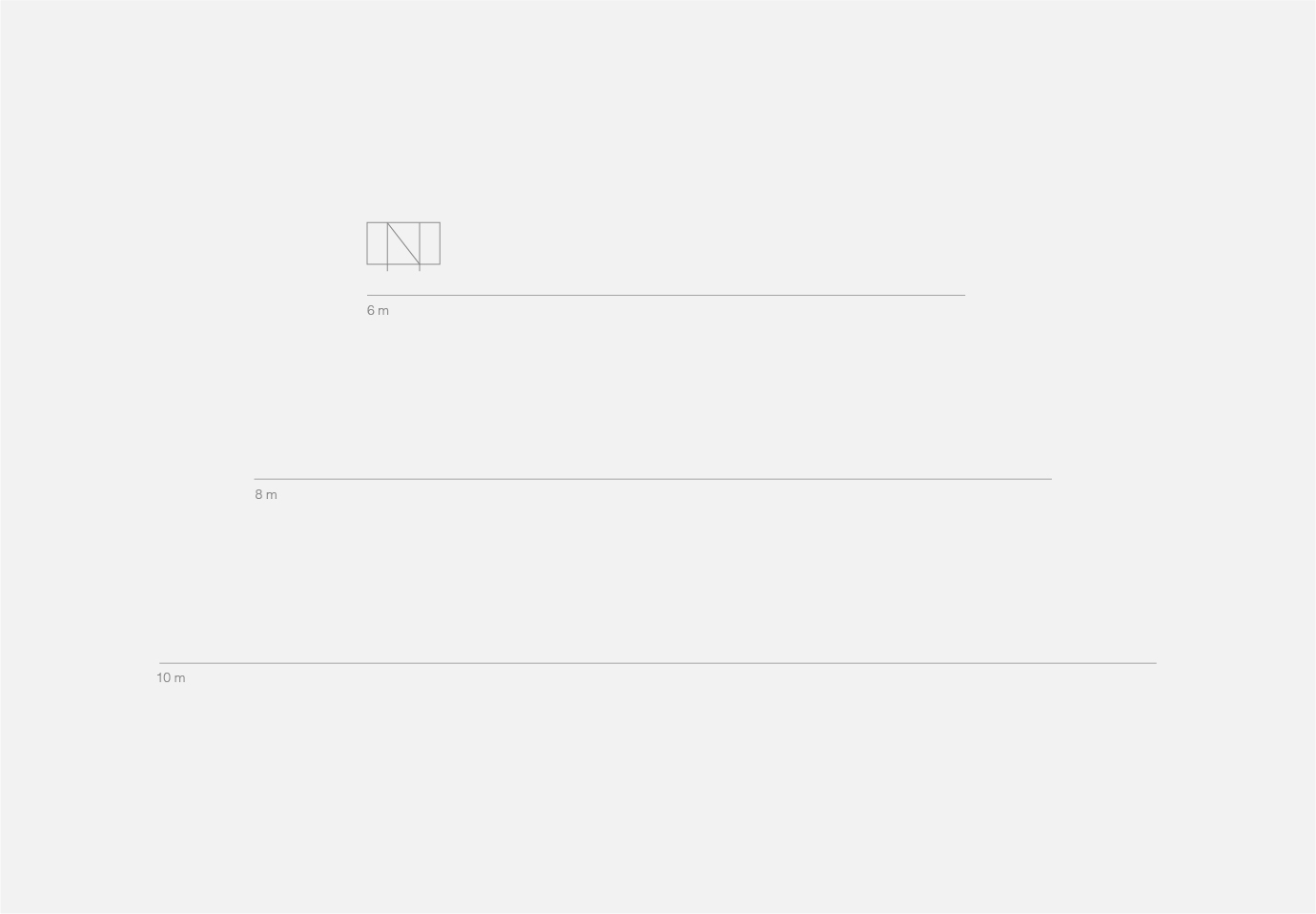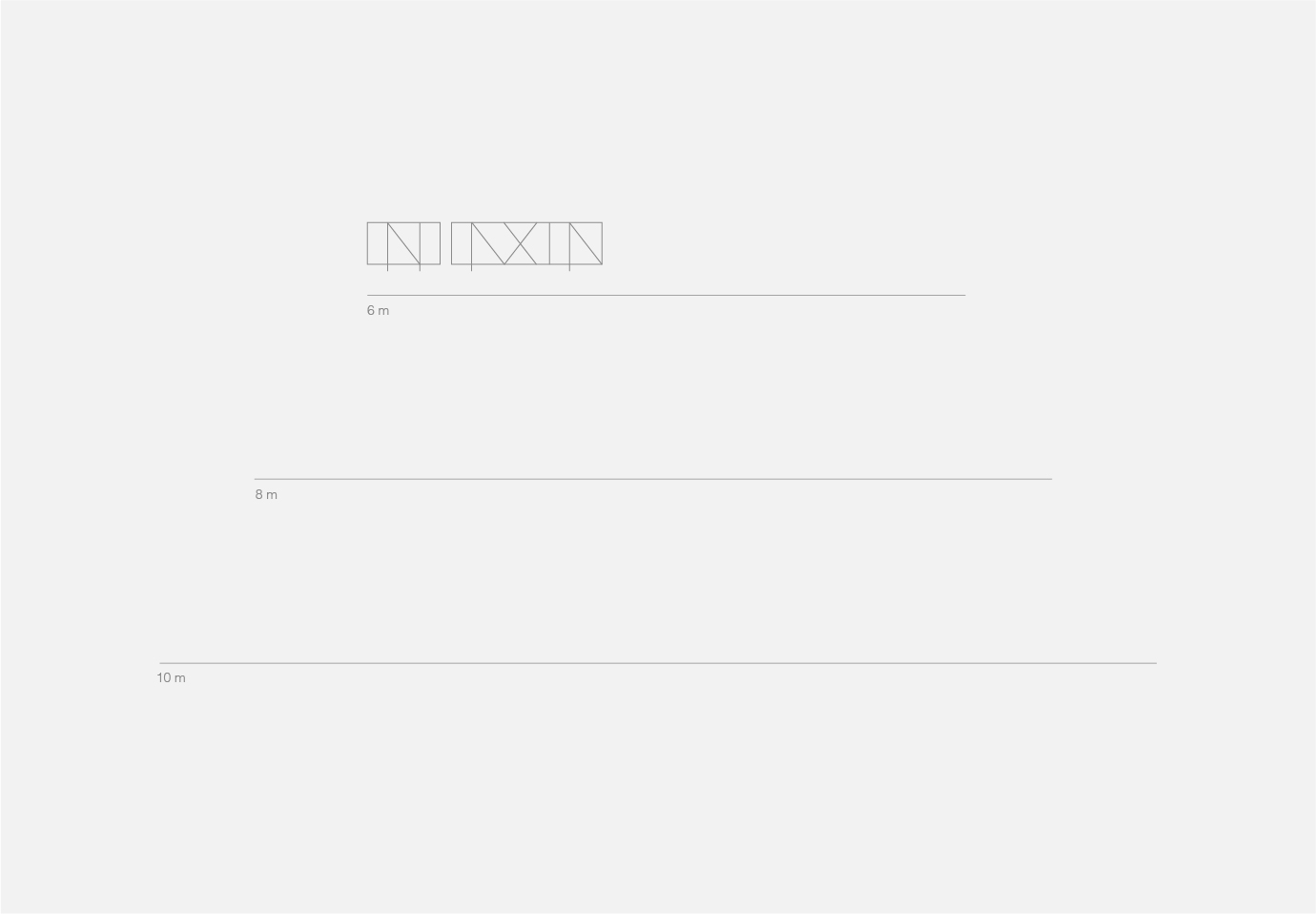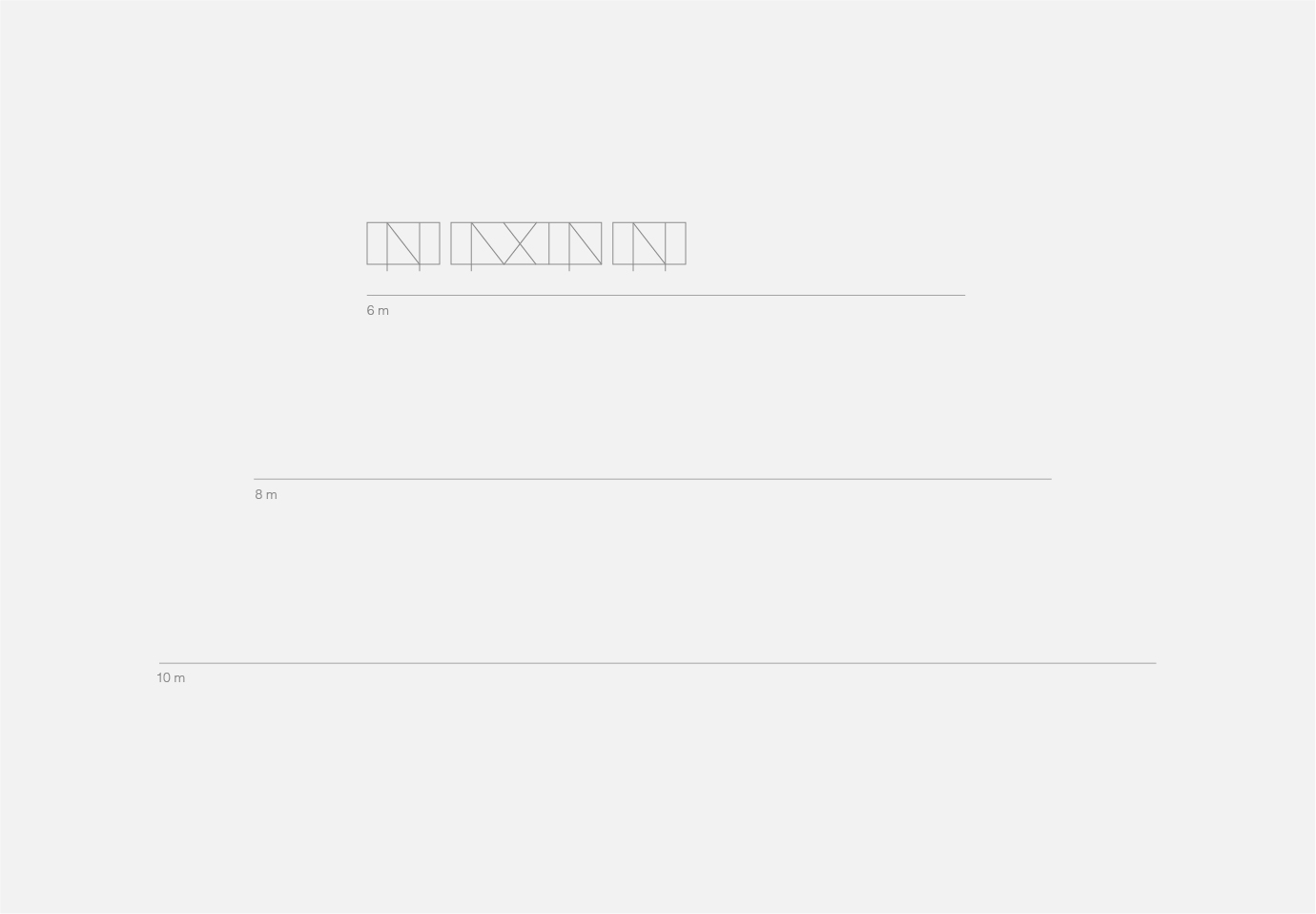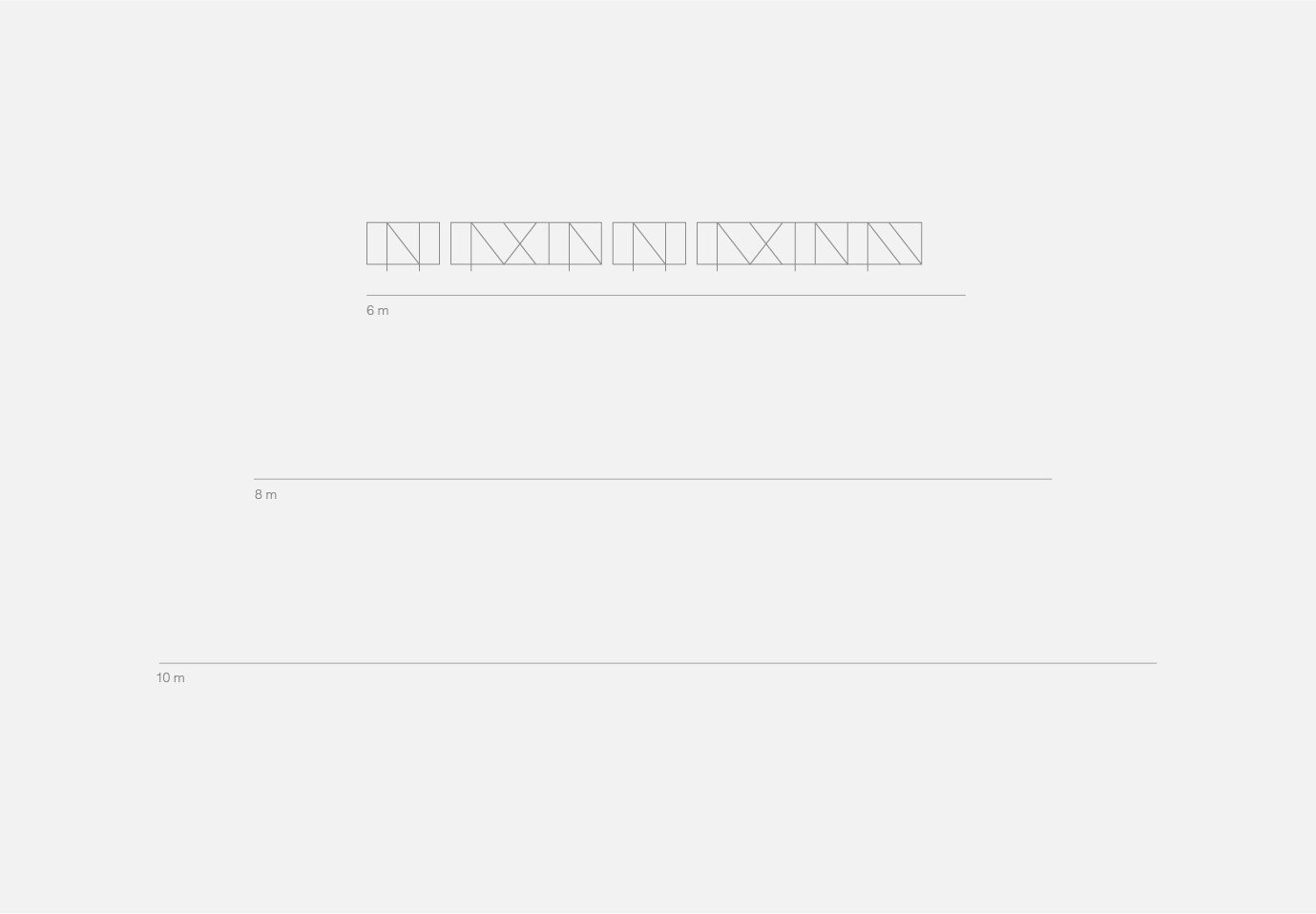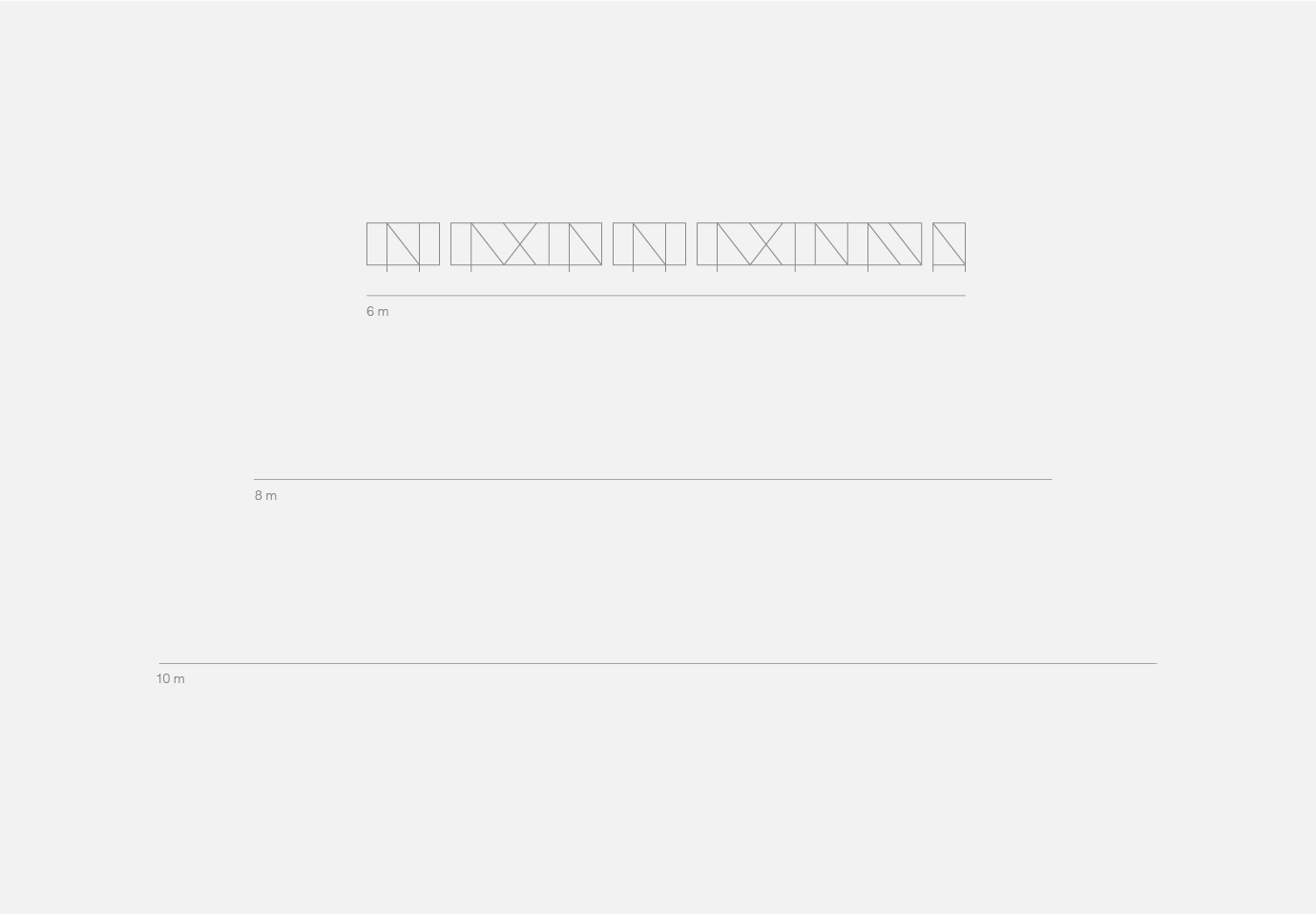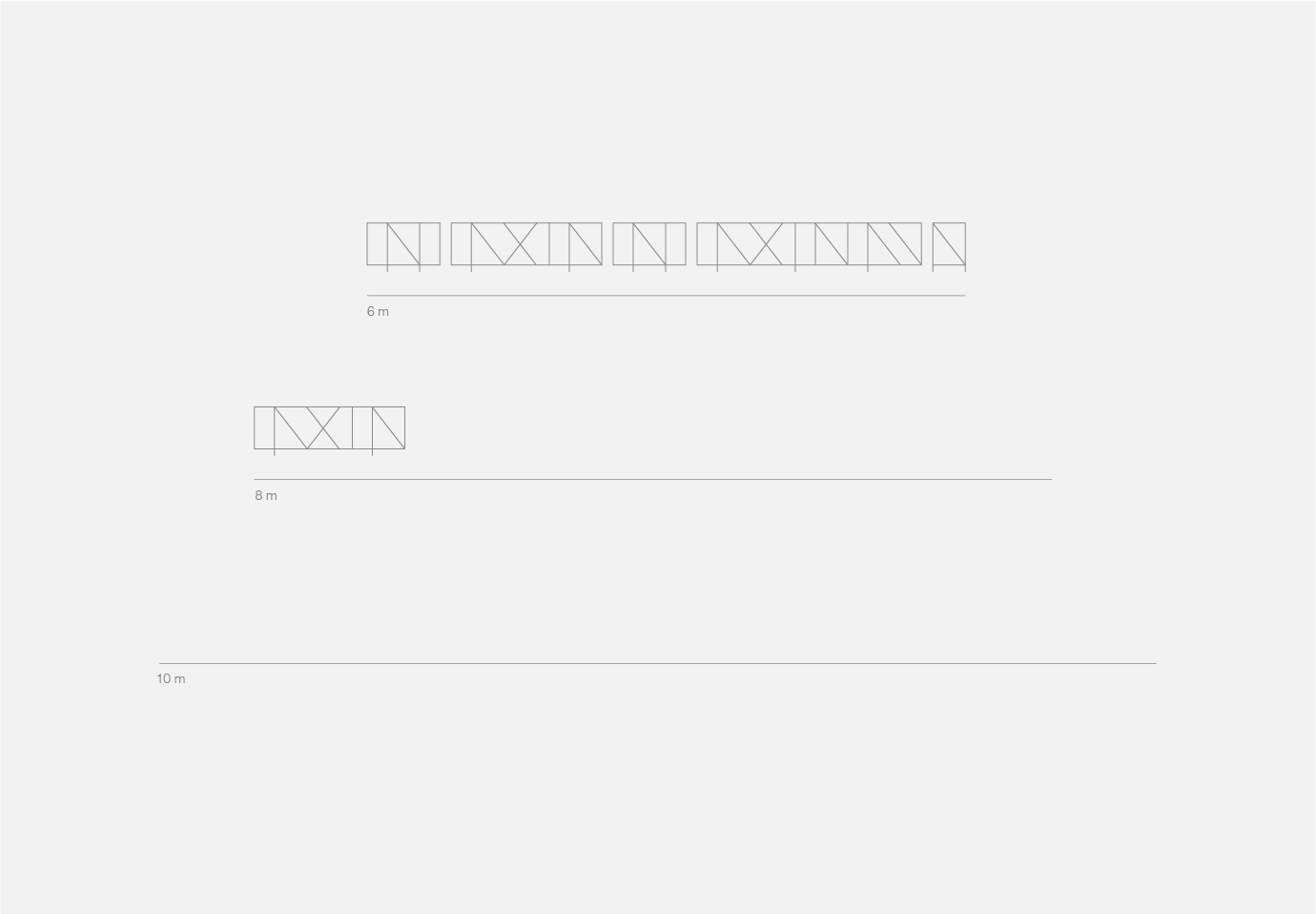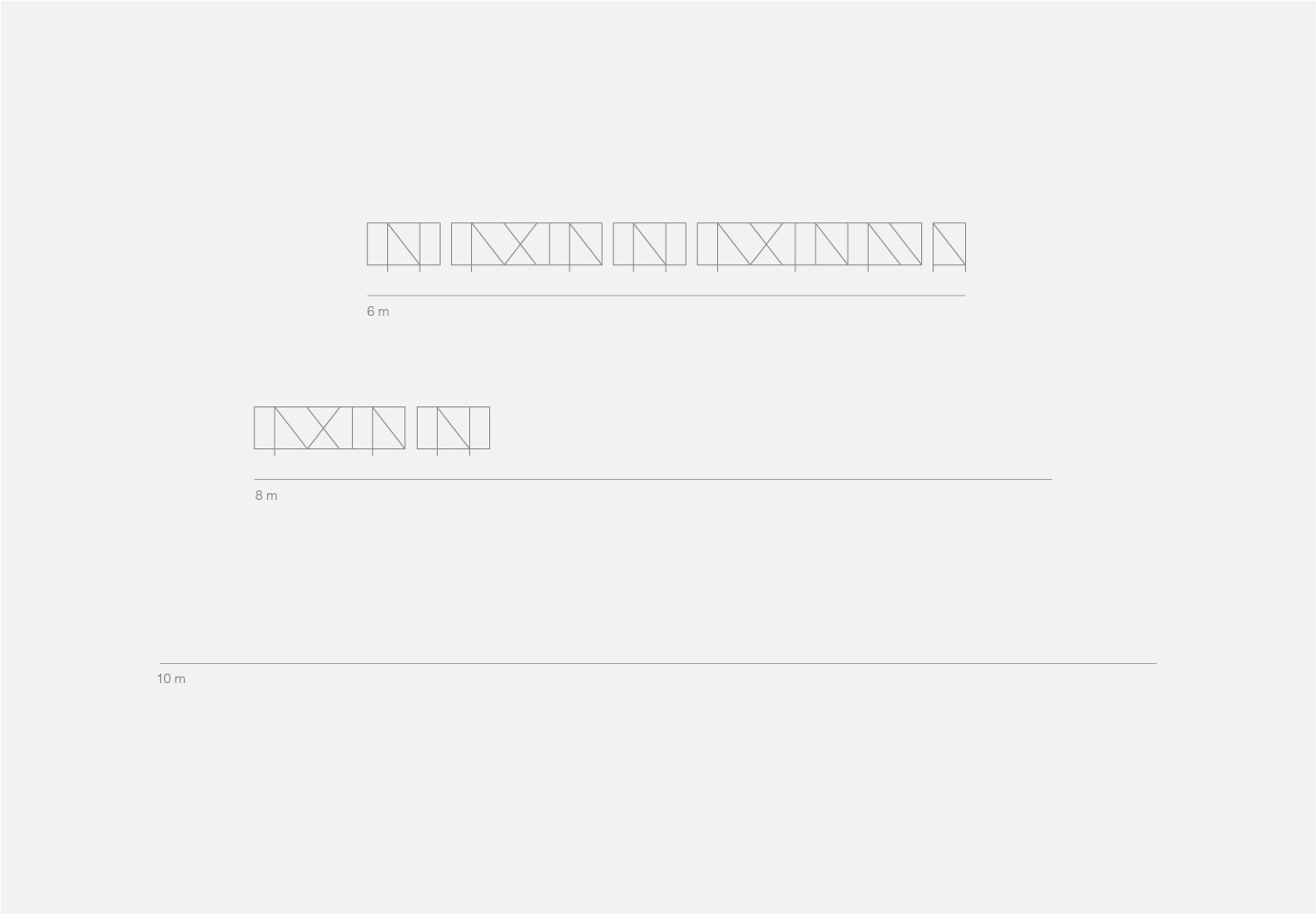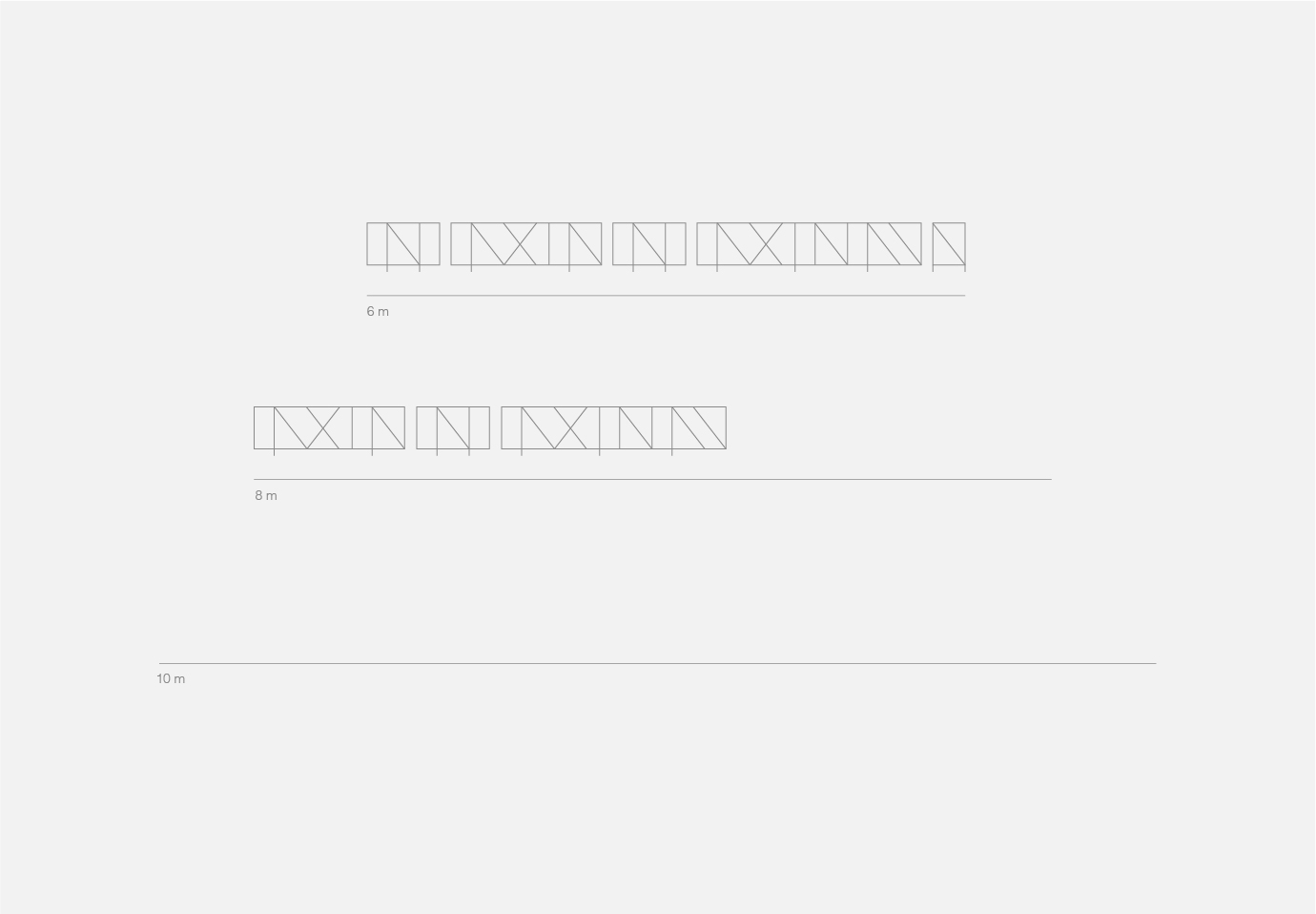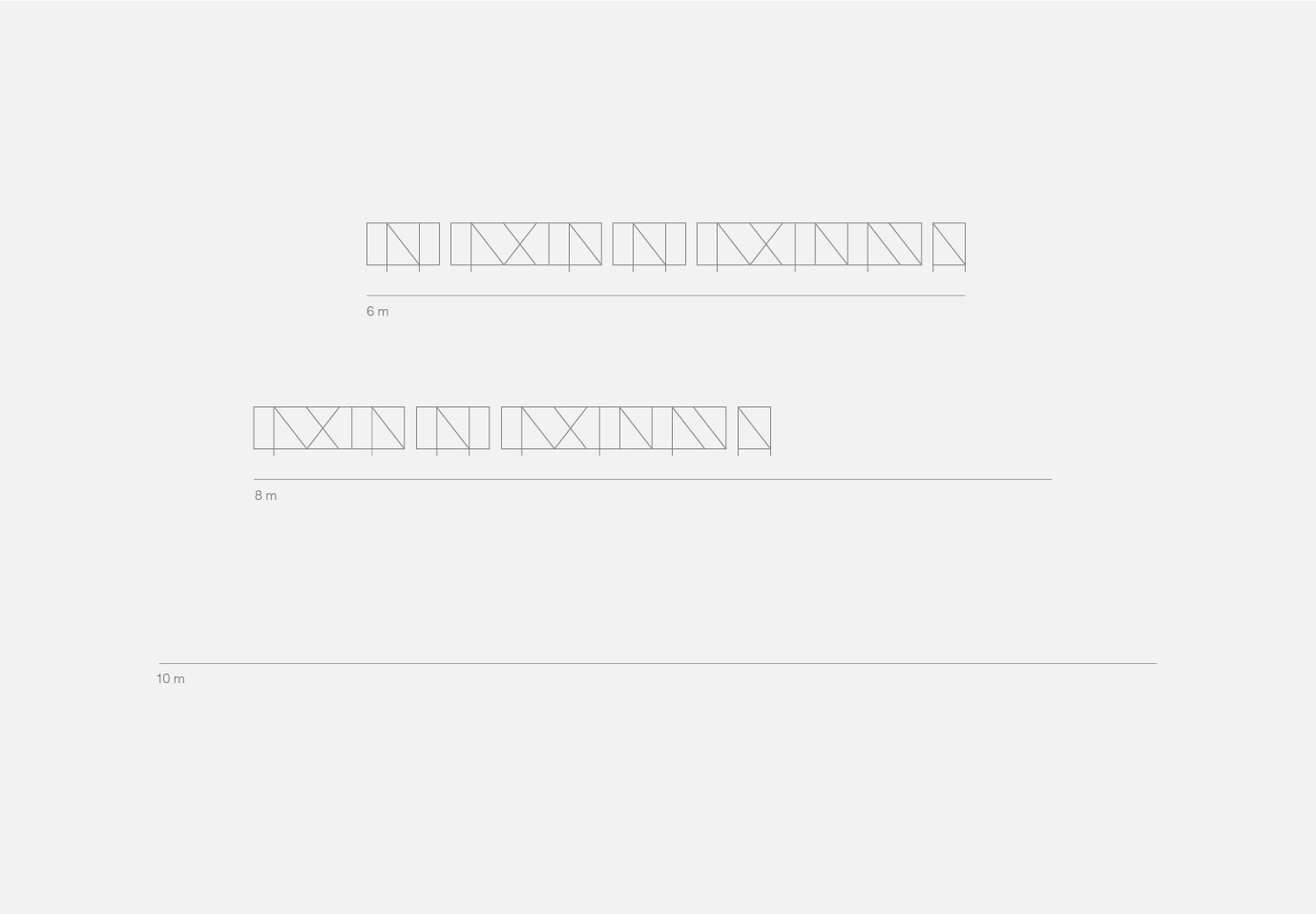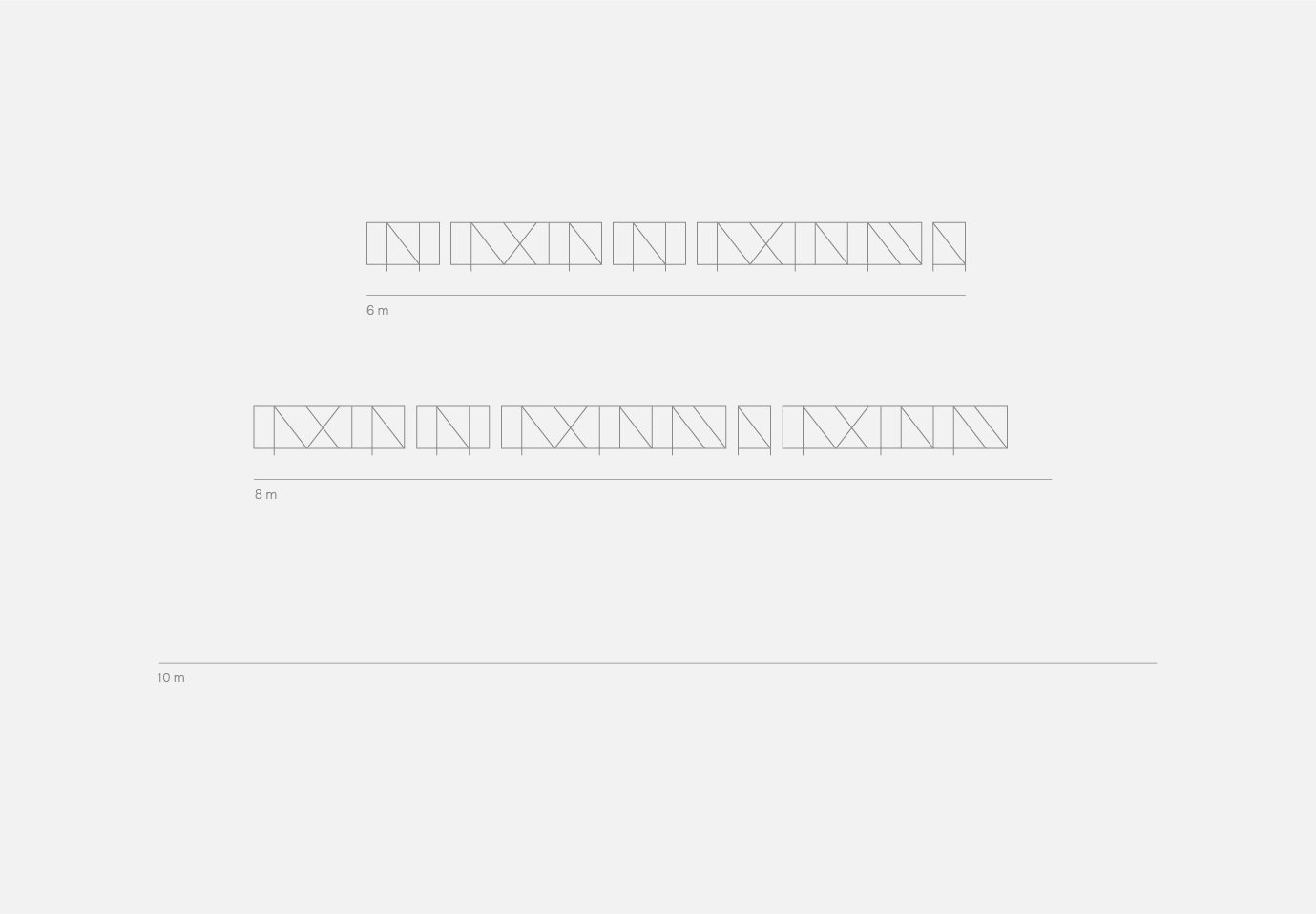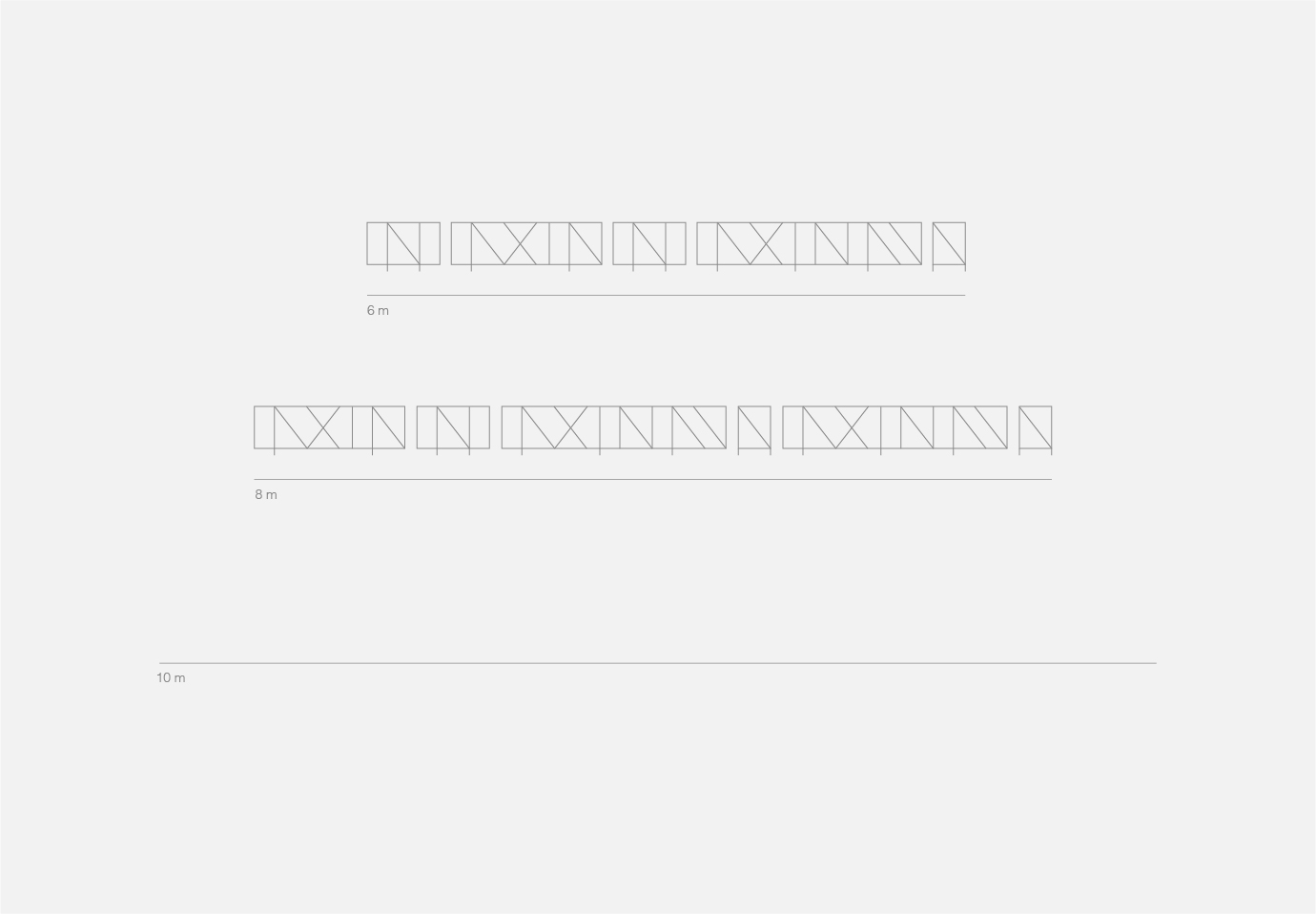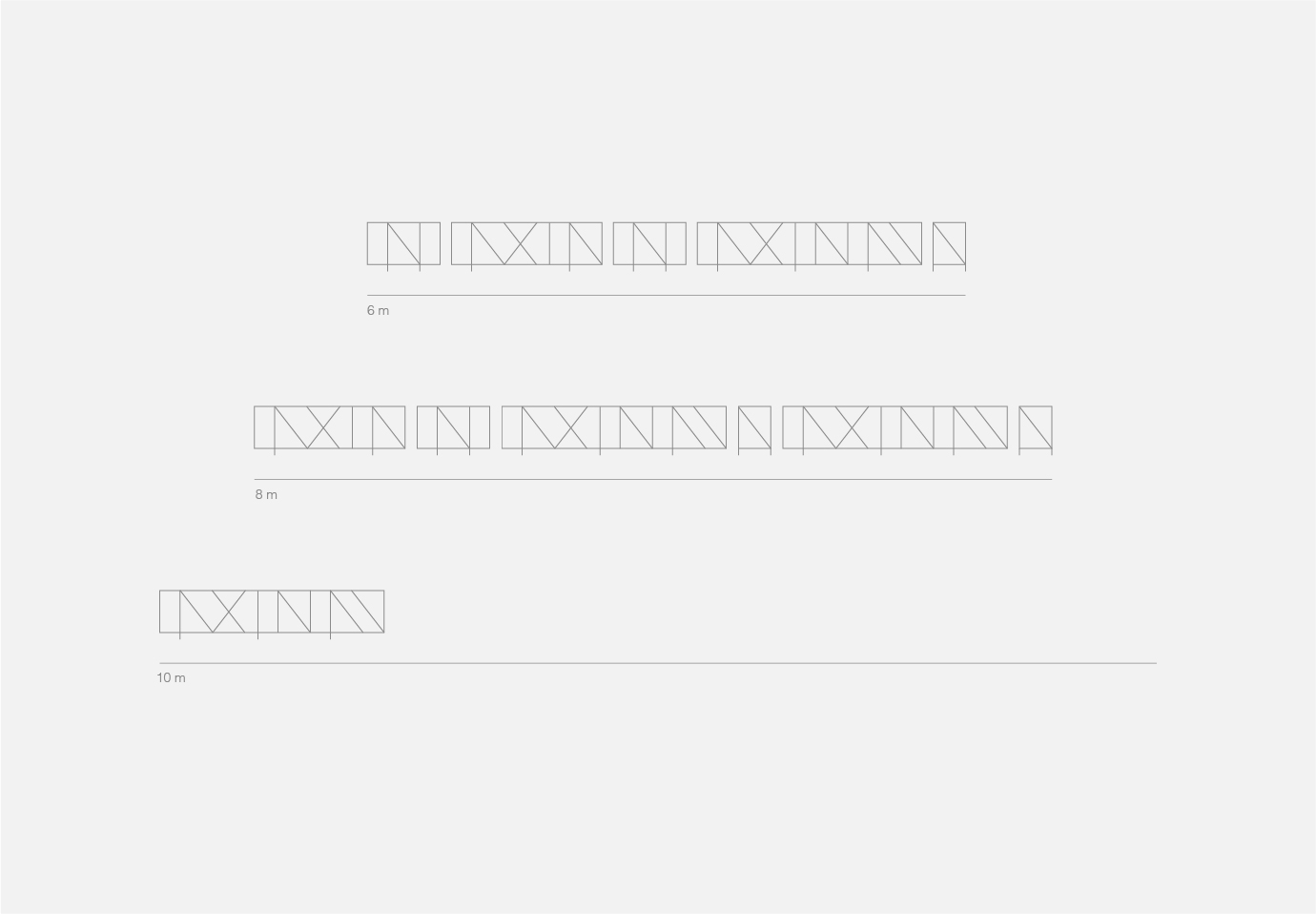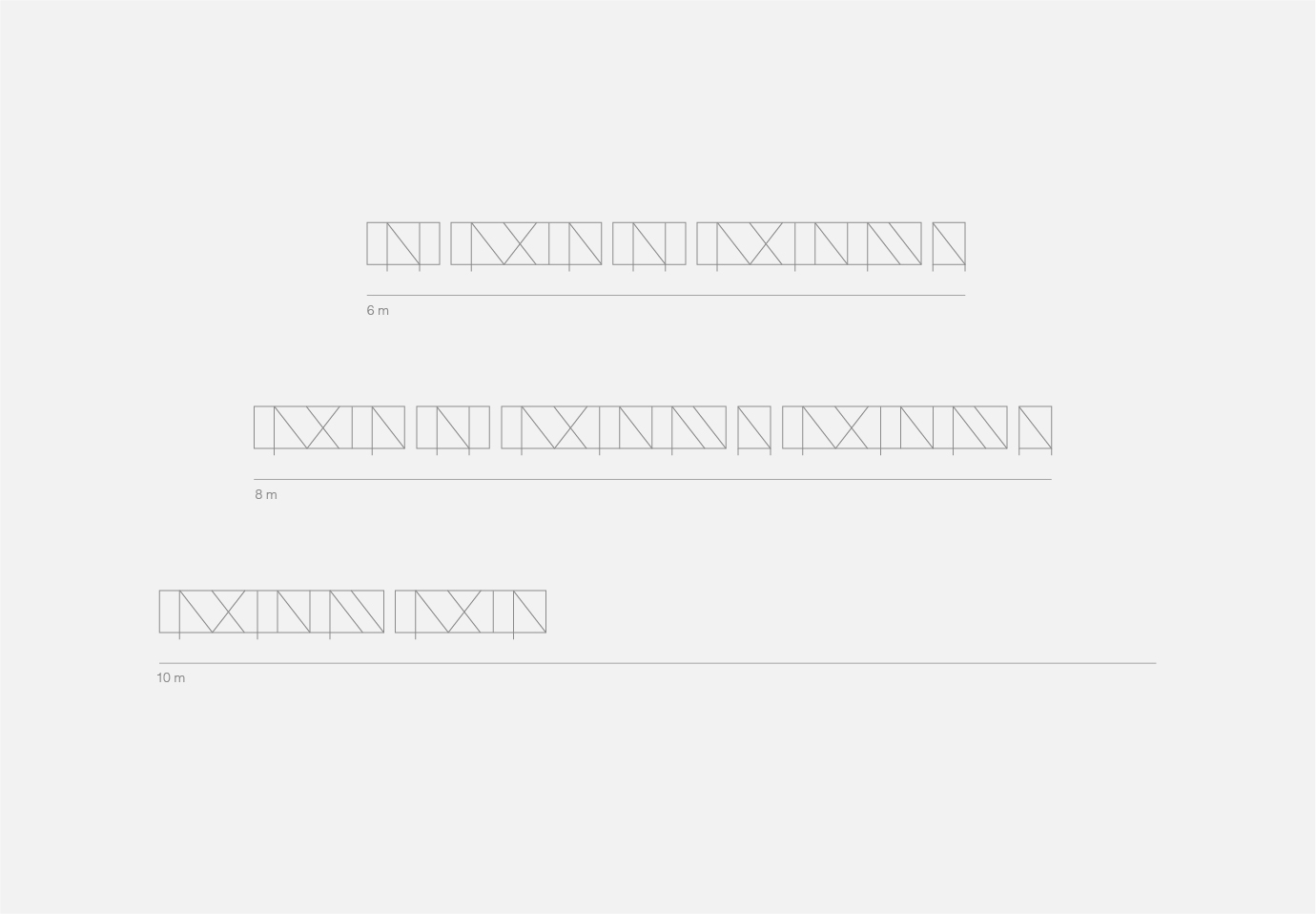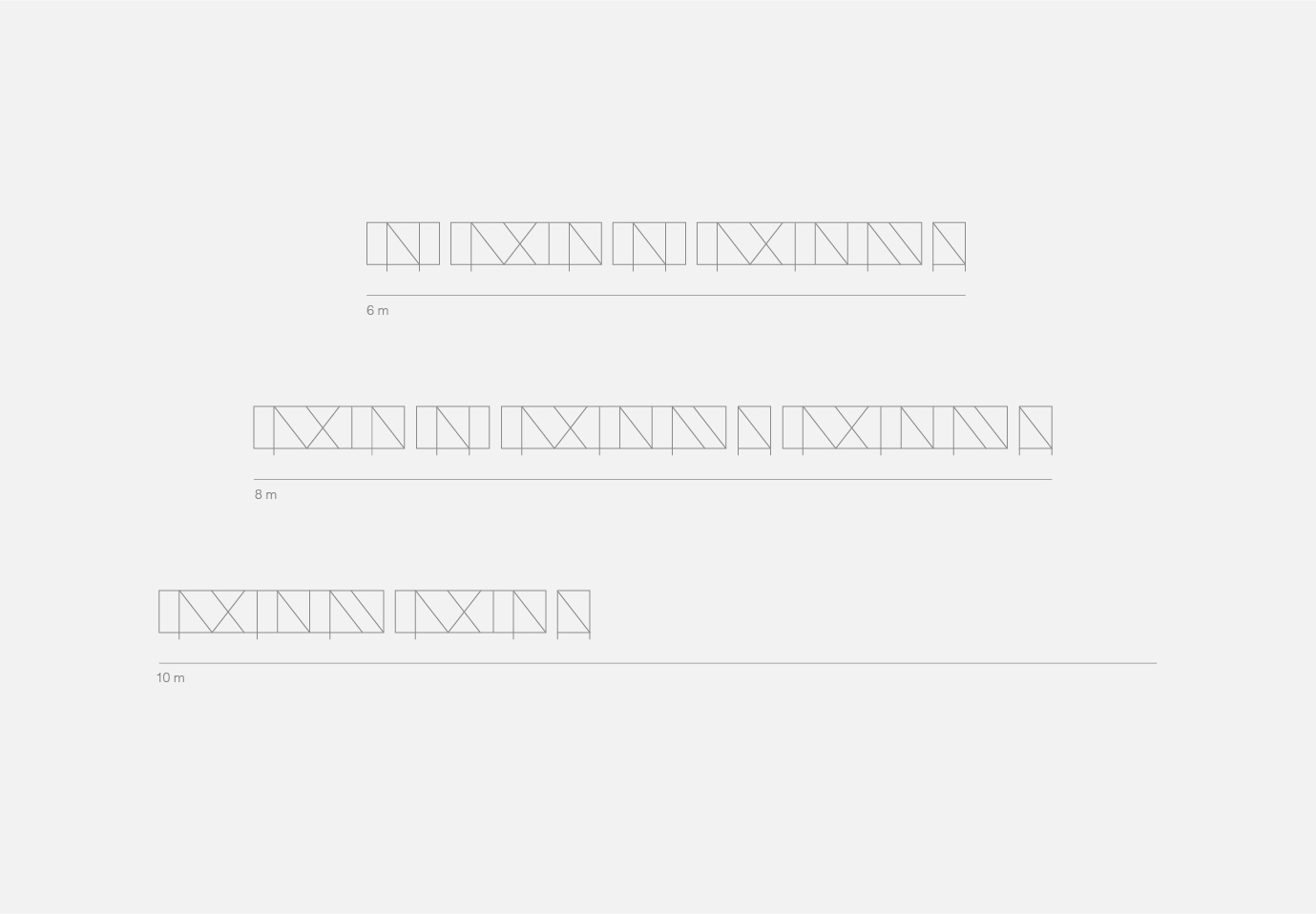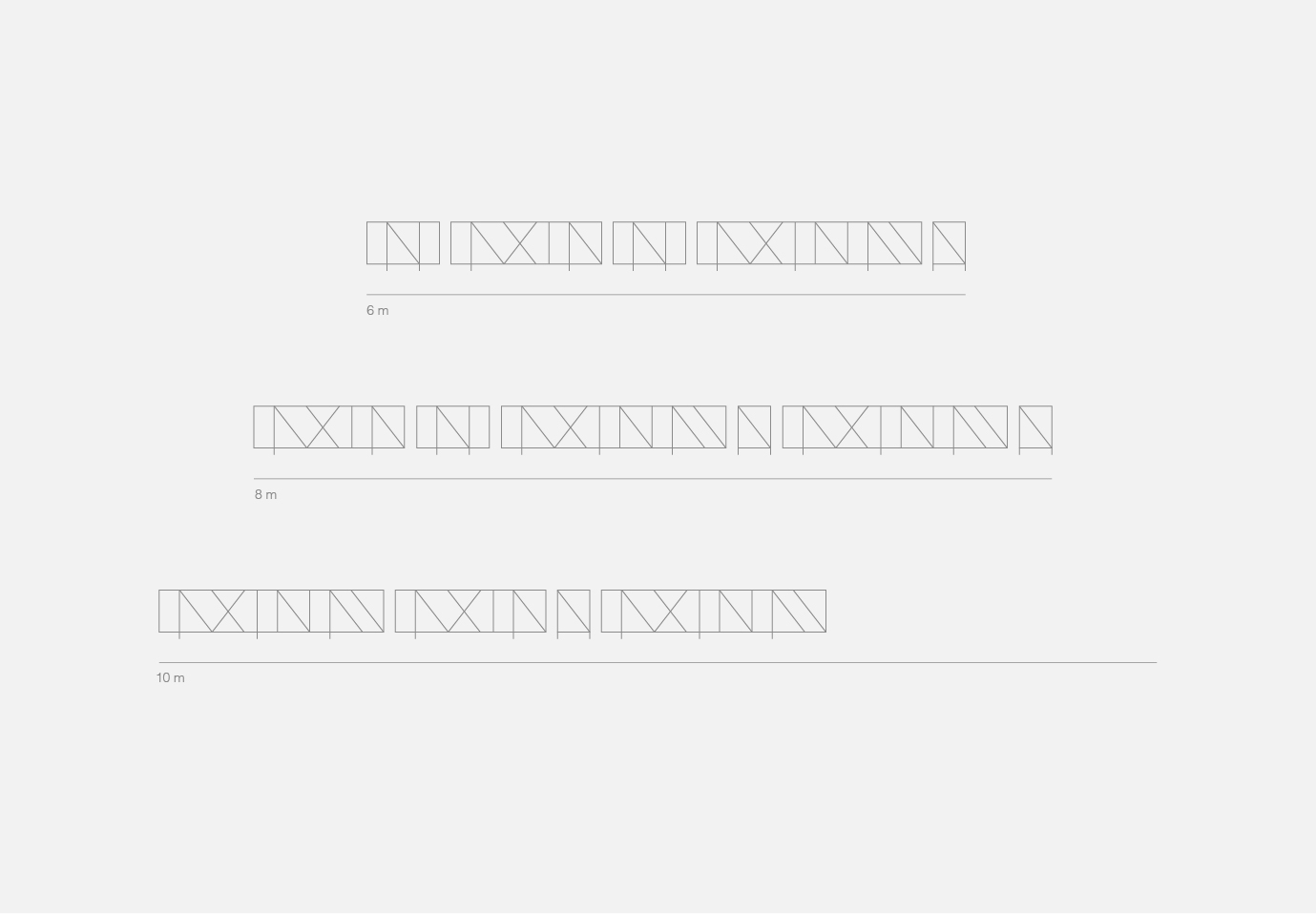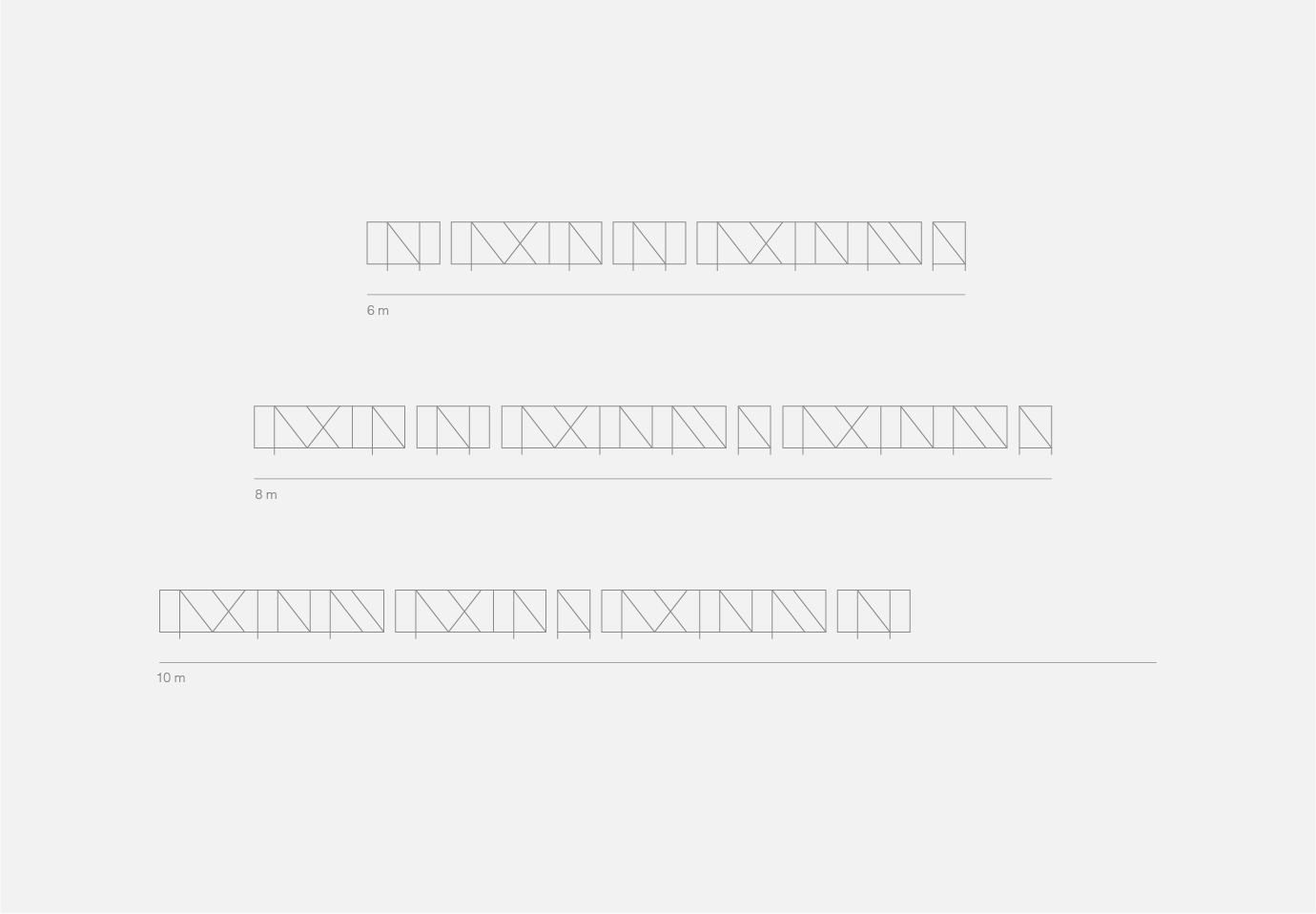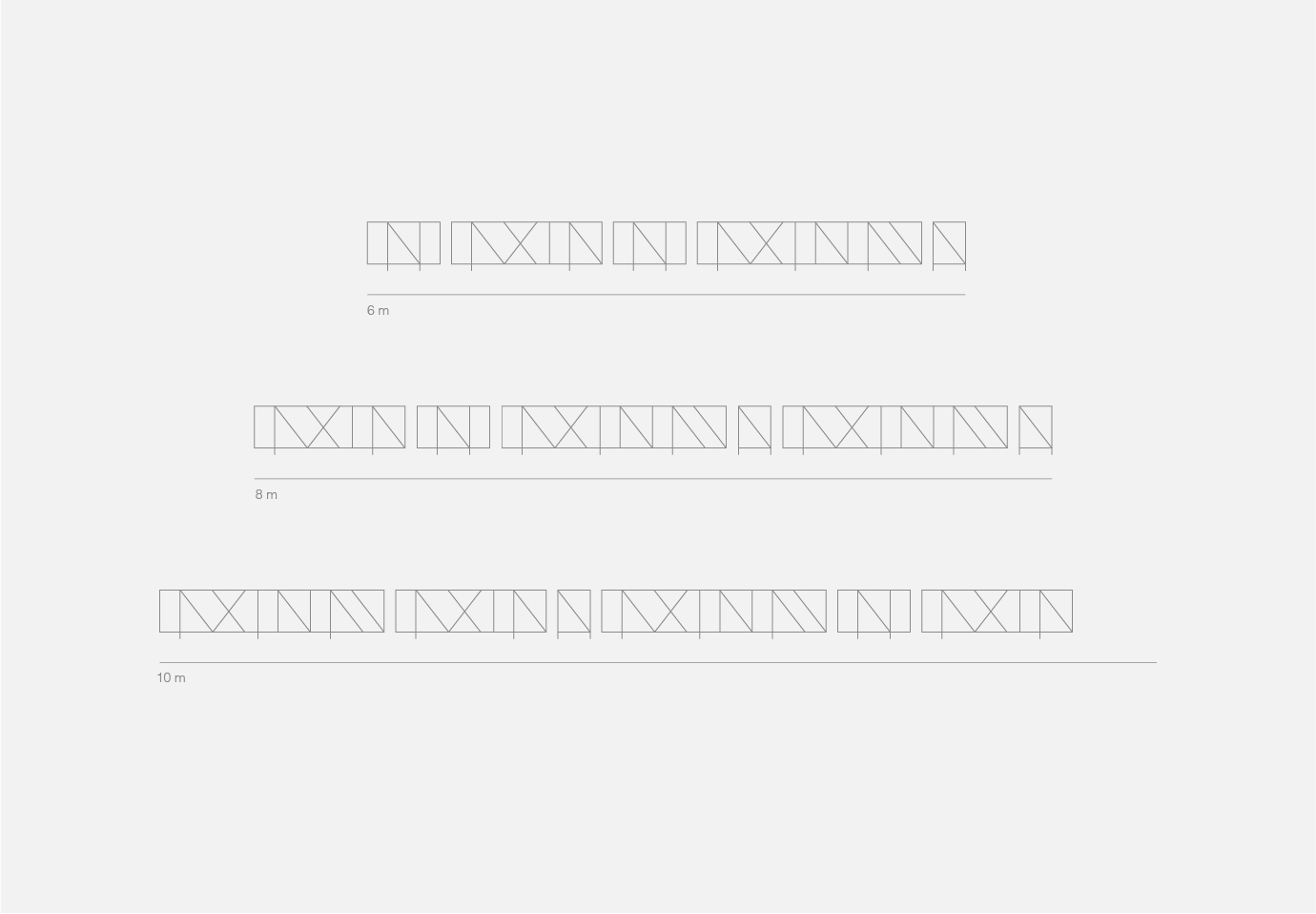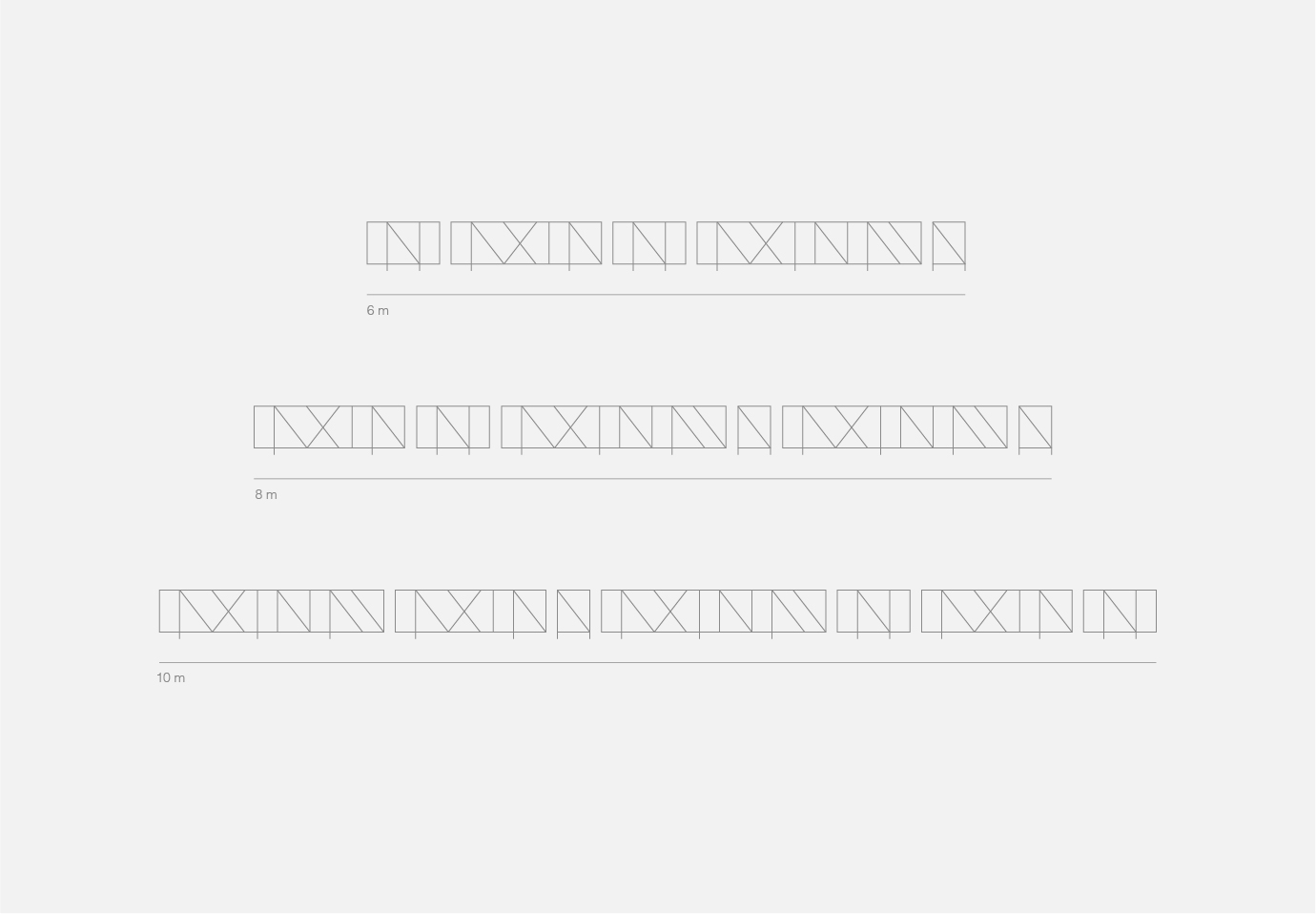Random
Garden Fencing
Client Valencia City Council
Year 2019
Product Design
Awards
DELTA ADI-FAD 2022.
Bronze. Outdoor equipment
All works
There are two key qualities that define street furniture components: utility and integration. The primary function of this fence is to protect specific landscaped areas from being walked on or accessed by dogs; as such, it must meet certain basic requirements in terms of height and the size of its openings. However, another functional aspect was equally important to us—one related to manufacturing and installation.
To simplify both processes, we designed the fence as a system of modular elements installed with small gaps between them. This allows it to adapt precisely to the dimensions of the area to be enclosed, without the need for on-site welding or custom-made components, while also offering the flexibility and visual richness provided by a wide range of possible configurations.
Integration into the urban environment was a major concern. We believe that such elements should blend naturally into the cityscape, avoiding visual dominance and instead harmonising with the surrounding architecture. This was especially important given the abundance of metal handrails, guardrails, and balustrades—often in very different styles—that coexist in any urban setting. For this reason, we opted for a simple, discreet design based on straight lines, achieving integration while offering greater visual interest than the repetitive, conventional barred railings so commonly found. The subtle variations between modules allow fences to be created without repetition, introducing a sense of rhythm and continuity.
The interplay of vertical and oblique lines generates a perception of movement as the observer walks past, while the slender profile of the bars makes the fence almost invisible when viewed from a distance—where its presence as a physical barrier is no longer required.



